Disclosure: This article contains affiliate links. We may earn a commission from purchases at no extra cost to you, which helps our travel content.
Traveling with children through Botswana presents a fascinating intersection of urban development and pristine wilderness—a juxtaposition I've come to appreciate deeply during my recent expedition to document traditional craftsmanship in Southern Africa. While Gaborone wasn't initially on my itinerary, accompanying my colleague and her family redirected my journey into unfamiliar territory: family travel. As an engineer accustomed to analyzing historical fortifications rather than playground equipment, I found myself unexpectedly cataloging the structural integrity of jungle gyms alongside cultural landmarks.
Navigating Gaborone's Urban Landscape with Young Explorers
Gaborone presents itself as a methodical grid of governmental buildings, shopping centers, and residential zones—a planned city that emerged from the savanna in the 1960s when Botswana gained independence. For families, this orderly layout proves advantageous, as navigation remains straightforward even with restless children in tow.
The National Museum and Art Gallery warrants particular attention for its well-curated exhibits on Botswana's cultural evolution. What impressed me was the museum's technical presentation of traditional building methods—the structural ingenuity of indigenous architecture explained through interactive displays accessible to various age groups. Children particularly engaged with the replicas of traditional dwellings, where they could physically explore construction techniques that have withstood centuries of environmental challenges.
For afternoon excursions, the Gaborone Game Reserve provides an introductory wildlife experience without venturing far from urban amenities. This 600-hectare reserve, remarkably situated within city limits, offers a controlled environment for children to observe indigenous species. The elevated bird hide—a modest but effective observation structure—allows young visitors to practice wildlife spotting techniques they'll employ later in more extensive reserves.
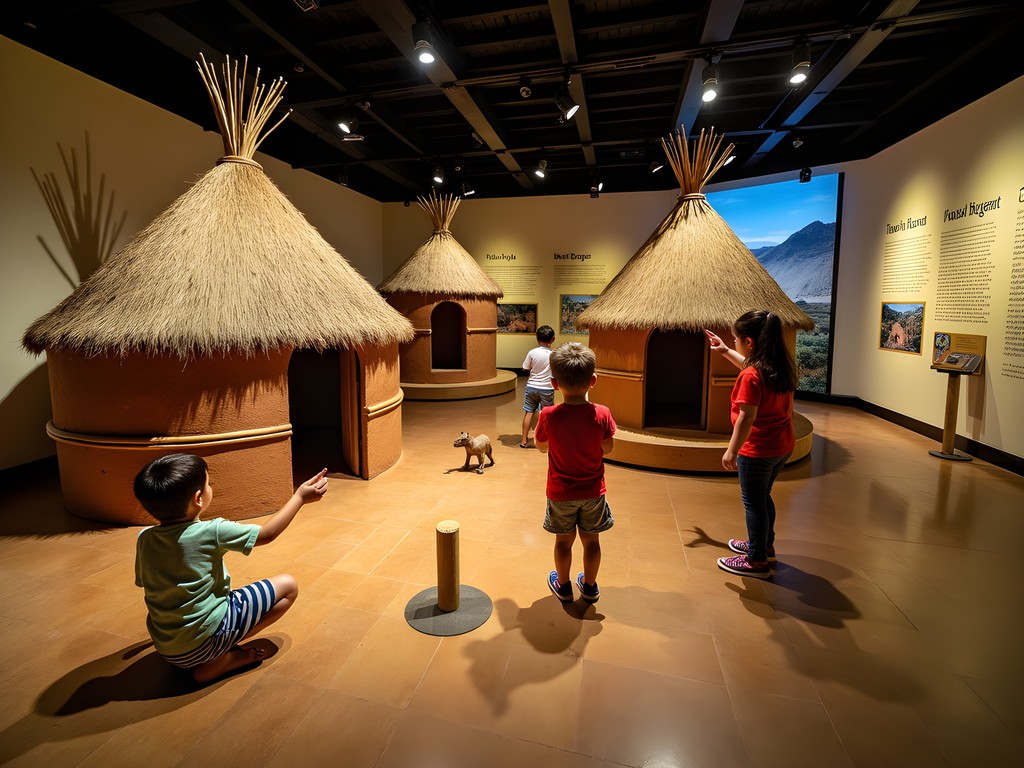
💡 Pro Tips
- Visit the National Museum early in the morning when temperatures are cooler and children's attention spans are fresher
- Pack a compact binoculars for each child to enhance their wildlife viewing experience
- The Three Chiefs Monument provides an excellent impromptu history lesson about Botswana's political formation
Mokolodi Nature Reserve: The Technical Marvel of Conservation
Located merely 15 kilometers south of Gaborone, Mokolodi Nature Reserve represents a remarkable feat of conservation engineering. This 10,000-hectare protected area demonstrates how strategic land management can create a sustainable wildlife sanctuary adjacent to urban development. For families with children, Mokolodi offers a controlled introduction to Botswana's biodiversity without requiring extensive travel.
The reserve's guided safari drives are specifically calibrated for families—shorter in duration (approximately 2 hours) than typical safaris, yet comprehensive in species observation. The vehicles themselves merit technical appreciation: modified 4x4s with elevated seating configurations that maximize visibility for passengers of all heights, including children.
What distinguishes Mokolodi is its rehabilitation center, where injured wildlife undergoes treatment before potential reintroduction to natural habitats. My colleague's children were particularly captivated by the cheetah rehabilitation program, which employs sophisticated tracking technologies to monitor the animals' progress. The educational staff expertly translated complex conservation methodologies into comprehensible narratives for young minds.
For optimal wildlife viewing, I recommend bringing a quality camera with zoom lens. The ability to capture detailed images from a distance not only preserves memories but also allows children to study animal behaviors later through their photographs.
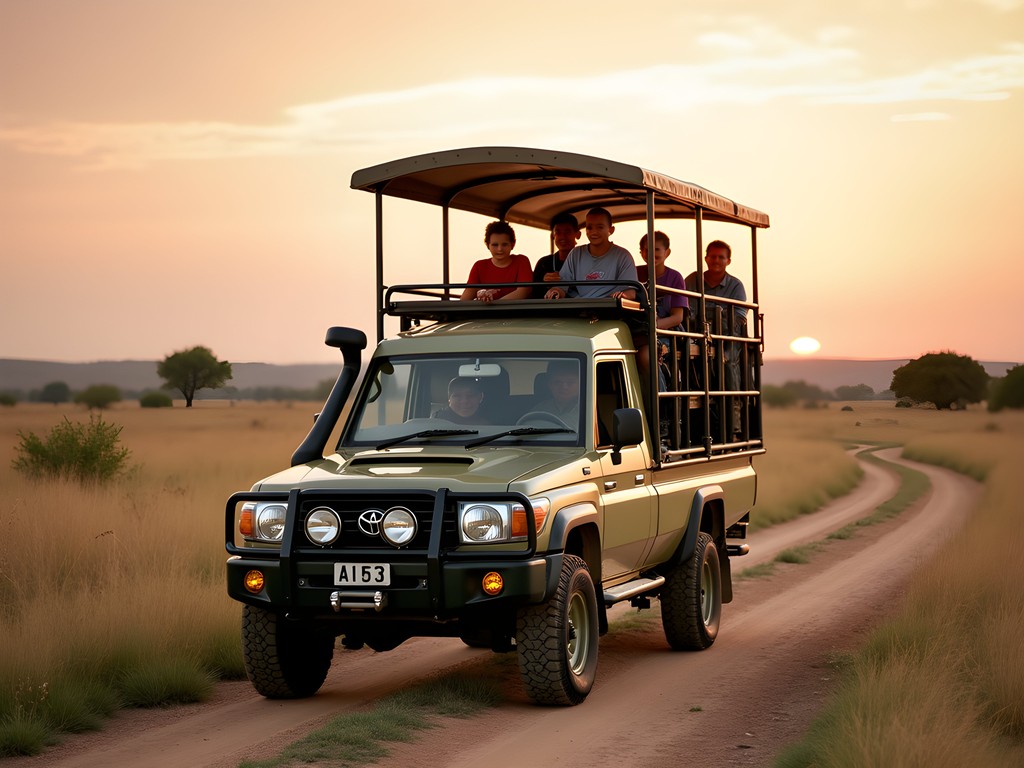
💡 Pro Tips
- Book the specialized children's safari tour that includes age-appropriate conservation education
- Bring a water bottle with filter for each family member as facilities are limited once on safari
- Visit the reptile park early in the day when the animals are most active
Gaborone Dam: Hydro-Engineering and Recreation
The Gaborone Dam represents a fascinating case study in hydro-engineering within a semi-arid climate. Constructed in 1964, this reservoir not only supplies water to the capital but has evolved into a recreational asset for families. The dam's fluctuating water levels—a direct reflection of Botswana's precipitation patterns—provide an excellent educational opportunity to discuss water conservation with children.
The perimeter road offers an accessible 15-kilometer cycling circuit suitable for various skill levels. My colleague's family and I rented bicycles from a local outfitter, though in retrospect, bringing a portable bike pump would have been prudent given the thorny acacia vegetation surrounding the paths.
Water levels permitting, the yacht club operates weekend sailing lessons for children aged 8 and above. The instructors demonstrate remarkable patience, translating complex principles of wind dynamics and sail trimming into comprehensible lessons. Even as someone who has studied fluid dynamics professionally, I was impressed by their pedagogical approach to what is essentially applied physics.
The dam's eastern shore hosts several picnic areas equipped with shade structures—critical infrastructure given Botswana's intense solar radiation. These areas feature basic but well-maintained facilities including fire pits engineered to minimize wildfire risk through strategic placement and containment design.
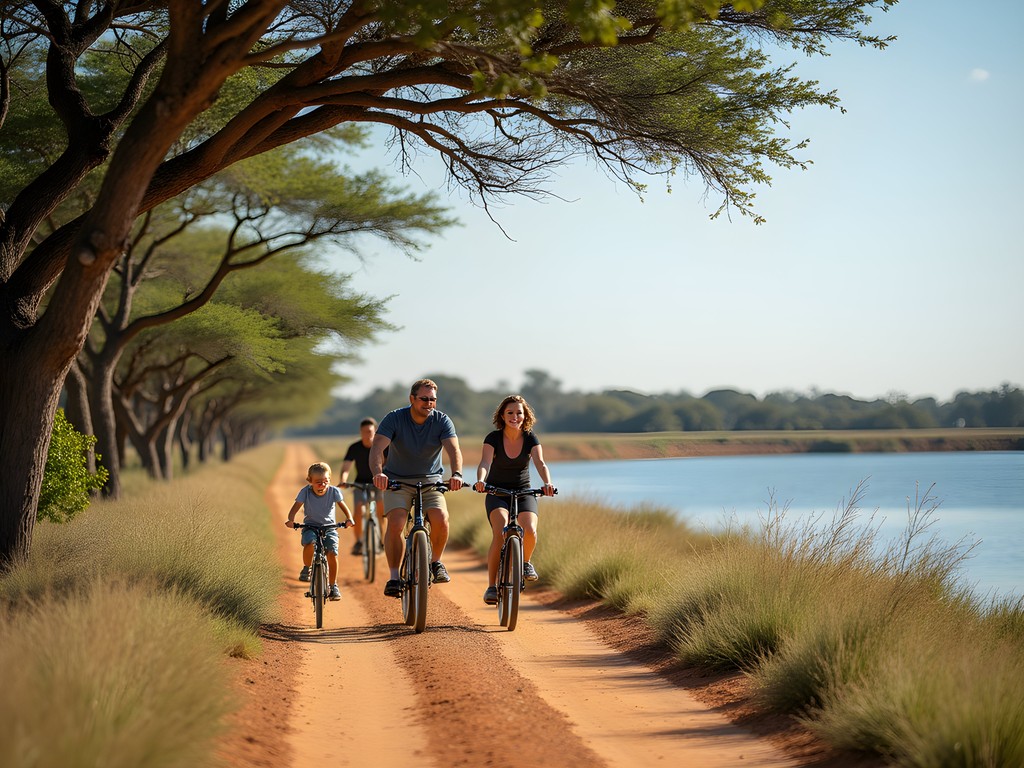
💡 Pro Tips
- Check water levels before visiting as recreational activities are contingent on reservoir capacity
- The east shore picnic areas provide the best shade during afternoon hours
- Pack substantial sun protection including reef-safe sunscreen as shade is limited in many areas
Day Trip to Khutse Game Reserve: Where Engineering Meets Wilderness
For families seeking a more immersive safari experience without venturing to the distant Okavango Delta, Khutse Game Reserve presents an optimal compromise at approximately 170 kilometers from Gaborone. This southern extension of the Central Kalahari Game Reserve offers a genuine wilderness experience while remaining accessible for a day trip or overnight excursion.
What fascinated me from an engineering perspective was Khutse's water management system. The reserve features artificially maintained waterholes that sustain wildlife populations through drought periods—a remarkable example of minimal intervention supporting natural ecosystems. These waterholes, strategically positioned near observation platforms, create predictable wildlife viewing opportunities particularly valuable when traveling with children whose patience for animal tracking may be limited.
The access road to Khutse warrants technical consideration. While maintained, it requires vehicles with adequate ground clearance. Families should consider renting a 4WD vehicle rather than standard sedans. During my visit with my colleague's family, our vehicle's differential lock capability proved essential when navigating sections affected by seasonal water damage.
Khutse's campsite facilities demonstrate thoughtful design: elevated platforms keep tents secure from curious wildlife while maintaining minimal environmental impact. For families not equipped for camping, the nearby Khutse Kalahari Lodge offers comfortable accommodations with educational programs specifically designed for young wildlife enthusiasts.
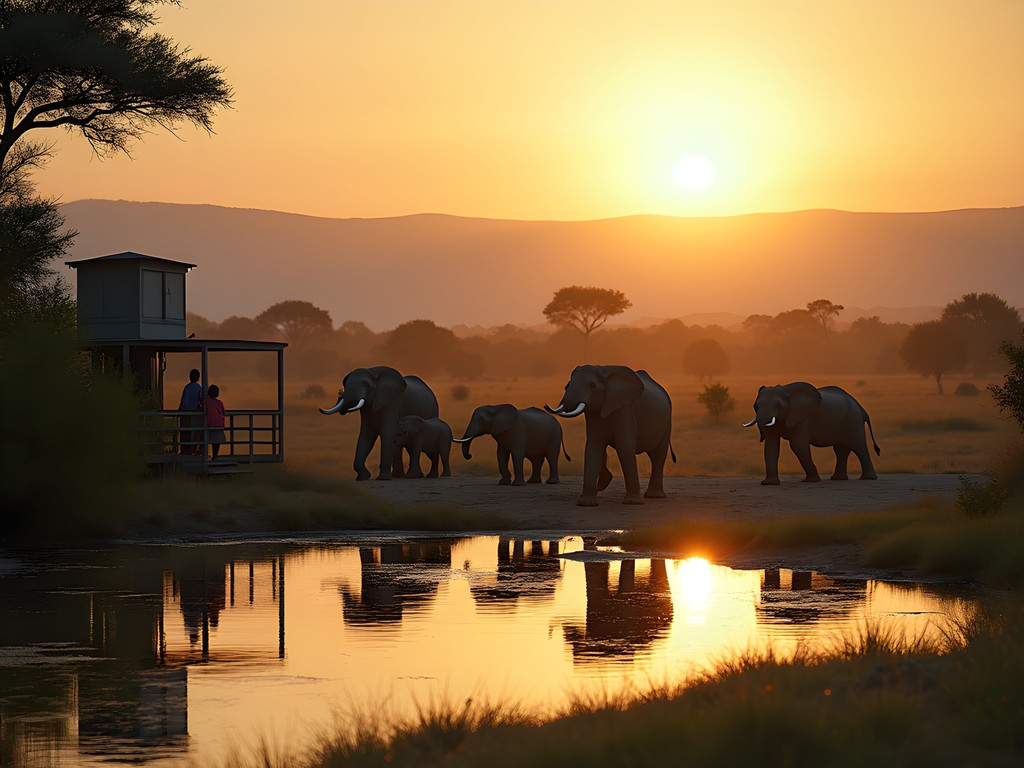
💡 Pro Tips
- Depart Gaborone before sunrise to maximize wildlife viewing opportunities during animals' active morning period
- Carry sufficient water supplies as facilities within the reserve are minimal
- A satellite communicator is advisable as cellular coverage is non-existent within the reserve
Cultural Immersion: The Bahurutshe Cultural Village
While wildlife often dominates Botswana's tourism narrative, I found the Bahurutshe Cultural Village, located 25 kilometers northeast of Gaborone, equally compelling—particularly from my perspective as a documenter of traditional technologies. This living museum offers families an interactive introduction to indigenous construction techniques, traditional metallurgy, and agricultural practices that have sustained communities for centuries.
The village's architectural elements provide excellent educational material for children. The traditional rondavel structures—circular dwellings with conical thatched roofs—demonstrate sophisticated passive cooling principles. My engineering background allowed me to appreciate how these designs maintain comfortable interior temperatures despite extreme external conditions, without mechanical intervention—a lesson in sustainability that resonated with my colleague's environmentally-conscious teenagers.
Particularly noteworthy are the pottery and metalworking demonstrations. The kiln design—a semi-subterranean structure that maximizes heat retention while minimizing fuel consumption—represents generations of technical refinement. Children are permitted to participate in clay preparation and basic forming techniques under careful supervision. I recommend bringing a portable art kit so children can sketch the traditional designs they encounter for later reference.
The village offers half-day and full-day immersion programs, with the latter including a traditionally prepared lunch. The culinary experience itself provides valuable cultural context, with dishes prepared using methods that have remained largely unchanged for centuries.
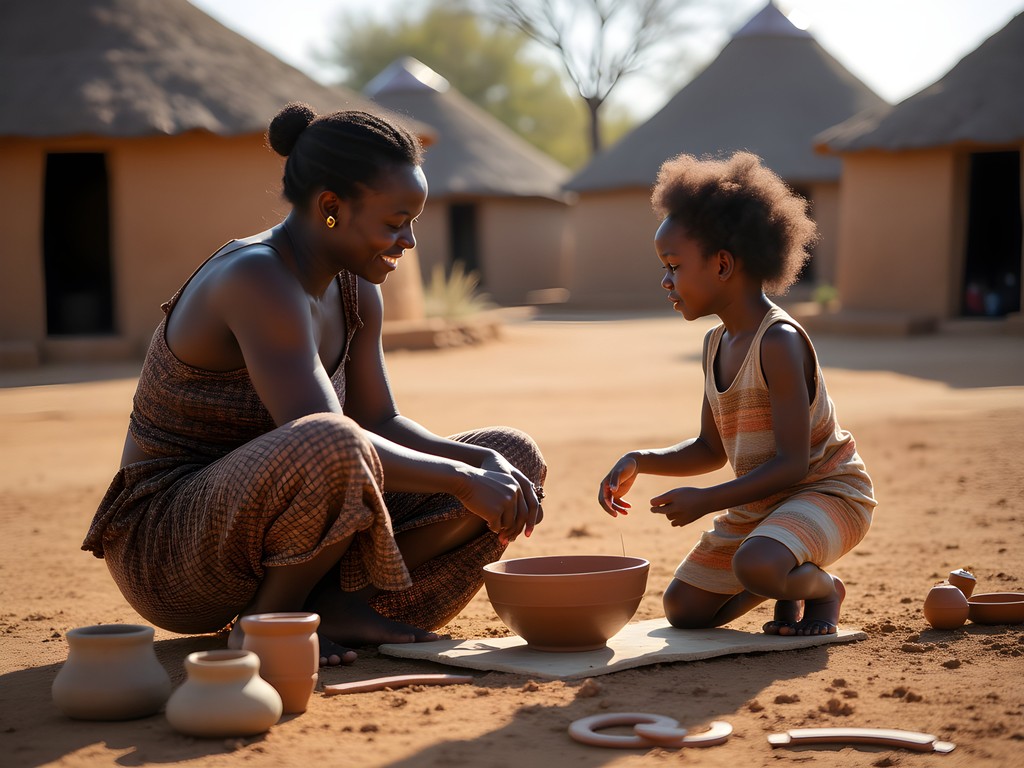
💡 Pro Tips
- Book the interactive package that allows children to participate in craft activities rather than simply observing
- Visit mid-week when demonstration schedules are more flexible and groups smaller
- Wear comfortable clothing that can get dirty during hands-on activities
Final Thoughts
Gaborone defies the conventional wisdom that families must choose between urban amenities and wildlife encounters in Botswana. This methodically planned capital serves as an ideal basecamp for exploring graduated levels of wilderness immersion—from the controlled environment of the city's game reserve to the more authentic experiences at Mokolodi and Khutse. The city's infrastructure supports family logistics while providing convenient access to Botswana's celebrated biodiversity.
As an engineer accustomed to analyzing historical structures rather than family-friendly accommodations, I gained newfound appreciation for the technical considerations that make travel with children viable in seemingly challenging environments. The thoughtful design elements I observed—from safari vehicles configured for optimal viewing regardless of passenger height to water management systems that create predictable wildlife encounters—demonstrate how engineering solutions enhance educational travel experiences.
While I typically document disappearing technical traditions through a scholarly lens, experiencing Botswana alongside a family revealed how these same traditions can ignite curiosity in younger generations. Perhaps there is no more important preservation work than connecting children with the ingenious solutions humans have developed across cultures and centuries.
✨ Key Takeaways
- Gaborone offers graduated wildlife experiences from urban reserves to authentic safari environments, making it ideal for families new to African wildlife viewing
- The city's grid layout and modern infrastructure provide a comfortable basecamp for families between wilderness excursions
- Cultural experiences like Bahurutshe Village complement wildlife viewing with hands-on learning about traditional technologies
- Strategic planning allows families to experience Botswana's biodiversity without venturing to remote areas requiring extensive travel
📋 Practical Information
Best Time to Visit
May to September (dry season)
Budget Estimate
$150-250 per day for a family of four
Recommended Duration
5-7 days
Difficulty Level
Moderate

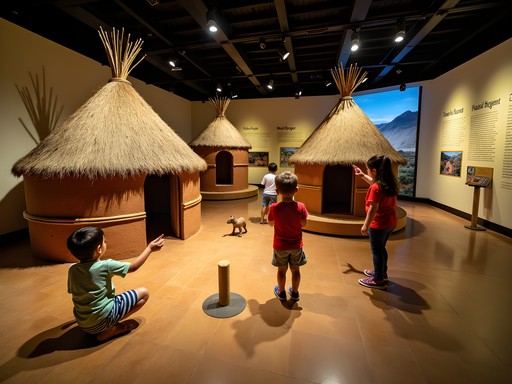
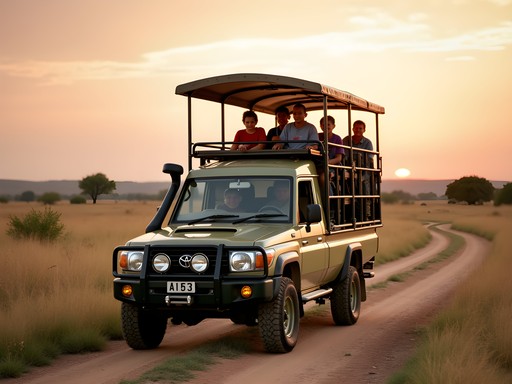
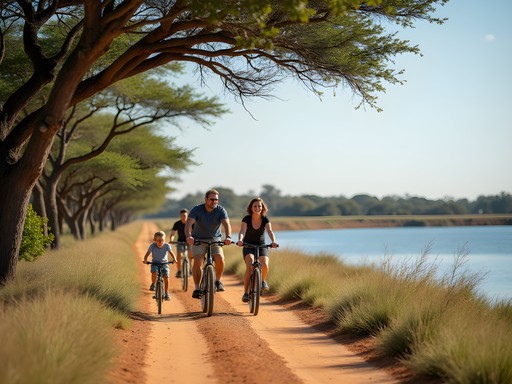
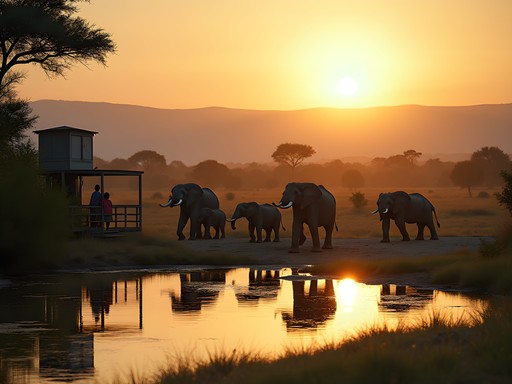
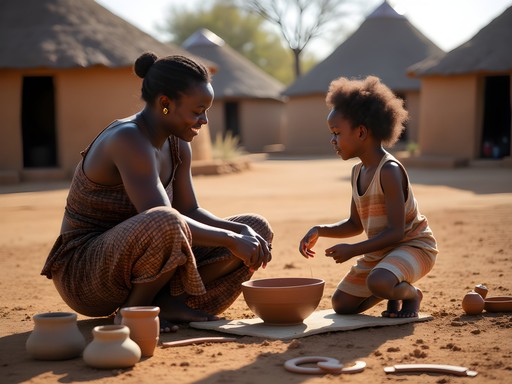


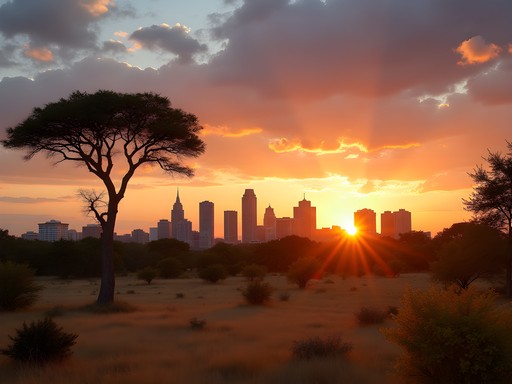
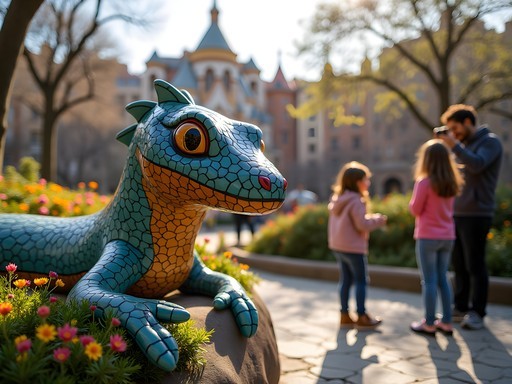
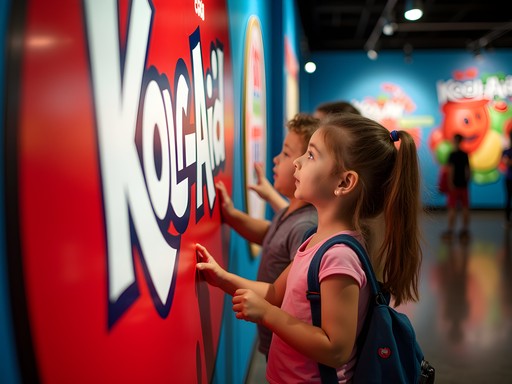
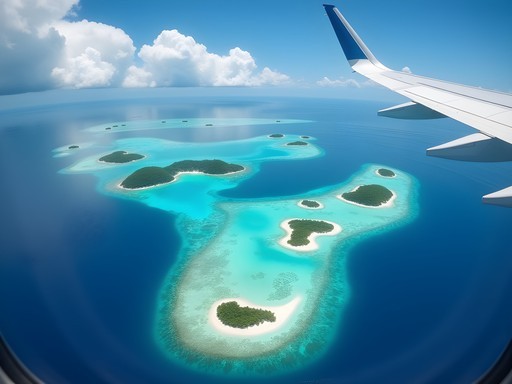
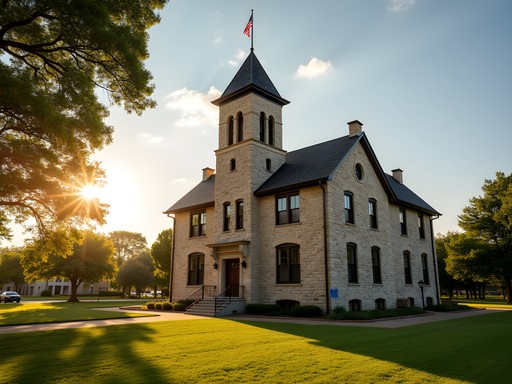

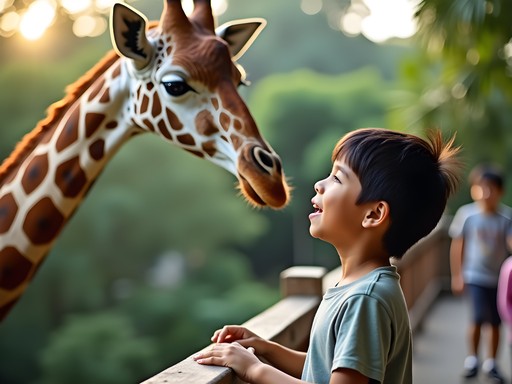

Comments
GlobalGranny
Lovely photos! Taking my grandkids next year. Bookmarking this!
TravelWithTots
Just got back from Gaborone with our 5yo twins! Pro tip: the Lion Park Resort has an awesome pool for afternoon cool-downs after morning safaris. Kids loved alternating between wildlife and swimming days.
BotswanaFan
If anyone's heading to Khutse from Gaborone, make sure to get the latest road conditions before going. The access road can be challenging after rain. We learned this the hard way last month!
Ana Robinson
So true! We always check with the park office the day before heading out to any game reserves in Botswana. Weather changes everything.
SafariDad78
Taking my 6 and 8 year olds next month! How was the heat in Khutse with kids? Worried about them getting too tired during game drives.
Astrid Shaw
The heat can be challenging! Early morning drives were perfect for our kids (7 and 9). We brought frozen water bottles that thawed throughout the morning, wide-brimmed hats, and cooling towels. Also, our guide was great about finding shady spots for breaks. The excitement of spotting animals kept complaints to a minimum!
dreamdiver
We gave our kids their own binoculars and a wildlife checklist. Kept them engaged despite the heat!
SafariDad78
Thanks both! Great ideas. Ordering binoculars now and will definitely do the morning drives.
Amit Sullivan
Astrid, your post brought back wonderful memories of my time in Gaborone with my grandchildren last year. We found a hidden gem you might want to add to your guide - the Botswana Craft market near the Main Mall has weekend workshops where children can learn traditional basket weaving and pottery. My granddaughter still proudly displays her small woven bowl at home! The craftspeople were incredibly patient with little hands. Also, for families staying longer, the Lion Park Resort just outside the city offers feeding sessions where kids can help prepare meals for the resident (rescue) lions - it was both educational and thrilling for the little ones to see conservation in action.
Astrid Shaw
Amit, thanks for sharing these gems! We actually visited Botswana Craft but missed the weekend workshops - definitely adding that to the itinerary for our next visit. The Lion Park feeding sessions sound amazing too!
SafariLover
Those sunset pics at Gaborone Dam are stunning! What camera did you use?
Hannah Woods
Fantastic post, Astrid! I visited Gaborone last year (without kids) and found it surprisingly navigable. Your analysis of Khutse Game Reserve is spot-on - the transition from urban development to pristine wilderness within such a short drive is remarkable. One observation: the water levels at Gaborone Dam have fluctuated dramatically in recent years due to climate patterns. For families planning visits, I'd recommend checking recent rainfall reports before promising children a full reservoir experience. The engineering is fascinating regardless, but expectations management helps with little ones. For accommodation, I stayed at Masa Centre and found the location ideal for both city exploration and day trips. Did you find any particularly family-friendly lodging options worth noting?
Astrid Shaw
Excellent point about the dam levels, Hannah! We were fortunate to visit after good rains. For accommodations, we stayed at Phakalane Golf Estate which was perfect with kids - they have a pool, spacious rooms, and it's quieter than city center options. The Avani also had great family rooms with kitchenettes which helped with picky eaters!
Hannah Woods
Phakalane looks lovely - noted for future reference! I've found that having even a small kitchenette makes all the difference when traveling for extended periods. I used my packing cubes to organize different outfits for various microclimates around Gaborone - essential when you're doing both urban exploring and safari in the same trip.
dreamdiver
Mokolodi was perfect with our kids! They still talk about feeding the giraffes. Did you try the restaurant there?
Astrid Shaw
Yes! The restaurant was surprisingly good. My kids couldn't get enough of those homemade meat pies while watching the animals at the watering hole.
dreamdiver
Those pies are amazing! Did you manage to do the night drive? We missed it because our youngest was too tired.
Astrid Shaw
We did! Spotted a serval and several bushbabies. Worth pushing bedtime back for once - though we paid for it with cranky kids the next day!
summerway
How was public transportation in Gaborone with kids? Safe and reliable? Or better to rent a car?
GlobeTrekMom
Not the author but we just got back! Definitely rent a car if you're doing day trips. The combi vans are an experience but not ideal with young kids and all their stuff. City taxis were fine for getting around Gaborone though.
summerway
Thanks for the insight! Will plan on renting then.
TravelingDad42
Great post! We're planning Botswana for next spring. Saving this!
Venture X
Premium card with 2X miles, $300 travel credit, Priority Pass